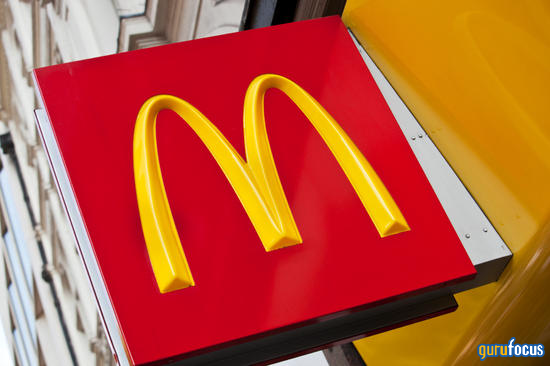Investment Thesis
Using a “MCD” framework that encompasses core menu development, pertinent marketing, and the four D’sdigital, drive-thru, delivery, and developmentMcDonald’s strategy centers on its competitive advantages. In a difficult consumer spending climate, the company has been highlighting its value offerings by utilizing its scale-driven cost advantage. McDonald’s marketing initiatives, including the adult Happy Meal promotions, Grimace shakes, and the return of the Hamburglar, have generated a significant amount of brand buzz. With $25 billion in sales of chicken platforms now matching the hamburger chain’s beef platform sales, the company has also repositioned its menu to satisfy the shifting needs of a global restaurant consumer.Following its four “D’s,” McDonald’s is performing well; in its top markets, its digital sales mix accounts for more than 40% of systemwide sales. Its 175 million members worldwide, the installation of dual-lane drive-thrus, a delivery sales mix of 12%13% of systemwide sales, and an increase in unit development goals are the main drivers of this. The burger chain has changed its approach to highlight its value-oriented origins as a result of increased competition. It has also redesigned its value platform and introduced a $5 meal bundle nationwide to close the widening value gap with rivals in the industry.
Investment Upsides
The restaurant business is extremely competitive, with low entry barriers and low switching costs, making it challenging for the majority of operators to create an economic moat. Operators concentrate on creating a significantly distinct and identifiable brand or creating structurally lower operating costs in order to accomplish this, usually with the help of scale-driven cost advantages and leveraged systemwide marketing and technology investments. With pricing power, a robust franchisee network, and successful international replication supporting its brand intangible asset, McDonald’s has a broad economic moat. McDonald’s enjoys a sustainable cost advantage because of its global dominance, which enables it to negotiate lower prices from third-party delivery aggregators, leverage marketing and technology investments across its global footprint, and purchase food and paper at advantageous prices. This view is supported by the firm’s adjusted ROIC forecast of 30% over the next ten years, which comfortably exceeds the operator’s estimated 7% WACC.
The company’s competitive restaurant-level margins, impressive unit volume, and the number-one quick-service restaurant market share by sales volume in every major market it operates in (with the notable exception of China) are examples of intangible assets. Its historical ability to pass on inflation in labor and food costs to customers is another. With average sales per US franchised restaurant of $3.9 million in 2024, McDonald’s performs well overall and significantly outperforms its publicly traded competitors in the hamburger market. Average unit volume, restaurant-level margins, system stability, and franchise return on investment are the factors that influence a brand’s appeal to franchisees. With average sales per US franchised restaurant of $3.9 million in 2024, McDonald’s performs well overall and significantly outperforms its publicly traded competitors in the hamburger market. After controlling for measurement comparability, we estimate that higher sales result in significantly better store-level operating income than many of McDonald’s direct competitors because restaurants have high incremental operating margins.







